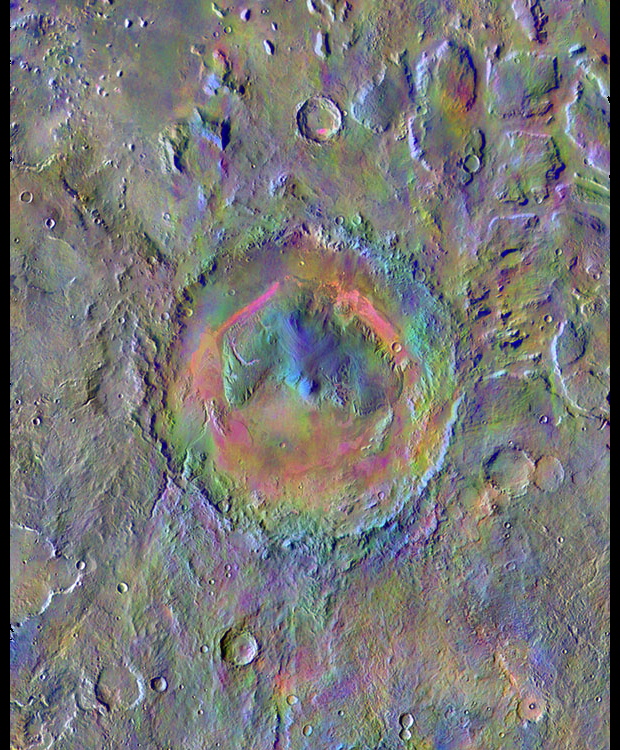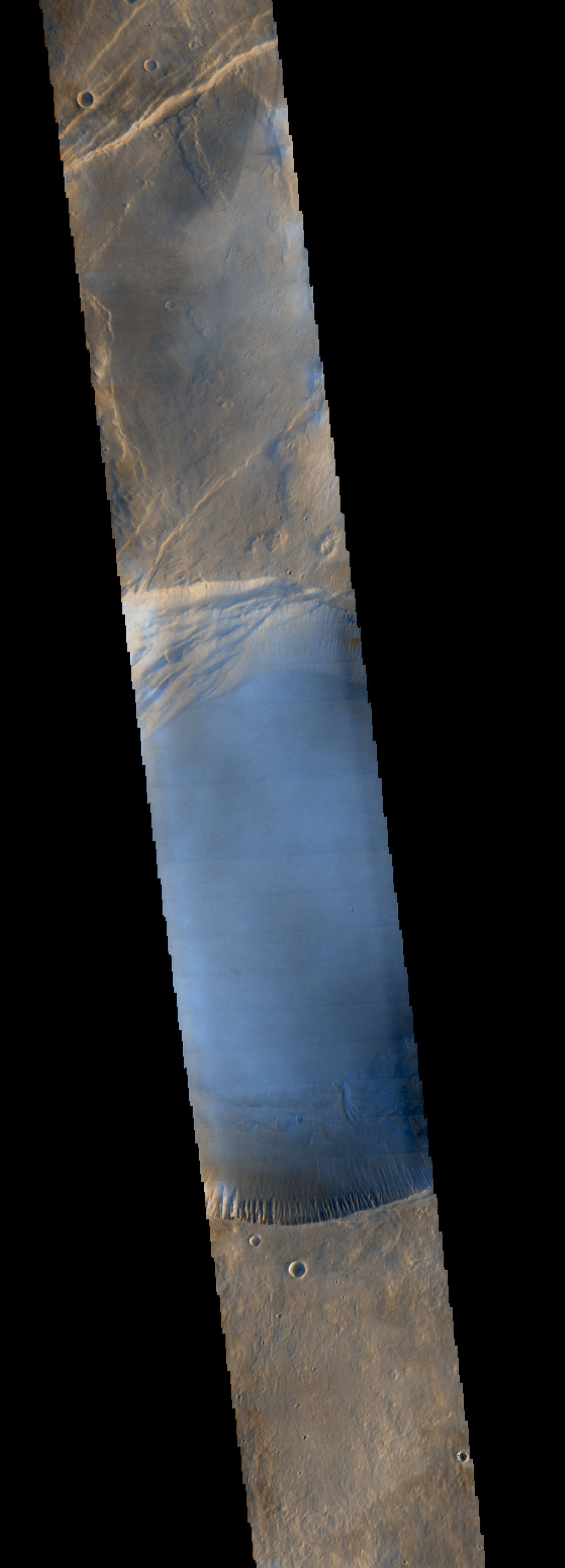NASA Spacecraft Completes 60,000th Orbit of Mars

NASA's Mars Odyssey spacecraft will circle the Red Planet for the 60,000th time today (June 23), and the venerable probe shows no signs of slowing down.
During its 13.5 years in orbit, Odyssey has spotted the first evidence of water ice on Mars, mapped the entire Red Planet surface in vivid detail and coordinated the Spirit, Opportunity and Curiosity rovers' communications with Earth. It has also observed how Mars' surface changes seasonally and tracked radiation levels on the planet to prepare for future human missions, NASA officials said.
"This orbital milestone is an opportunity to celebrate Odyssey's many achievements," Jim Green, director of NASA's Planetary Science division, said in a statement. "Odyssey will continue to help lay a foundation for the first humans to Mars in the 2030s through NASA's Journey to Mars initiative." [Mars Odyssey: Photos from Longest Mars Mission]

The probe's spectrometers provided the first evidence of water ice hiding under Mars' surface in 2002, soon after Odyssey reached orbit around the planet. The spacecraft spotted gamma rays and neutrons bouncing off hydrogen buried in the ground in some very cold regions of Mars. Scientists suspected this hydrogen indicated water ice, and this interpretation was later confirmed when NASA's Phoenix Mars lander scooped up an ice sample in 2008.
To date, Mars Odyssey has captured 289,240 images in visible-light wavelengths and 188,760 in the infrared, researchers said. Those images have documented dust storms and tracked the way different parts of the surface warm and cool, hinting at their different compositions.
Since 2009 Odyssey has orbited in a position to observe the planet in afternoon light, but it is currently in the process of shifting its orbit to an early-morning vantage point, giving it a brand-new perspective after all its years of investigation, mission team members said.
"Upcoming observations will focus on what is happening in the Martian atmosphere in the morning, such as clouds, hazes and fogs, and on frosts on the surface that burn off by later in the day," Jeffrey Plaut, Odyssey project scientist at NASA's Jet Propulsion Laboratory in Pasadena, California, said in the same statement.
Get the Space.com Newsletter
Breaking space news, the latest updates on rocket launches, skywatching events and more!
And Odyssey will continue in its reconnaissance and relay roles, pinpointing interesting features for potential visitation and helping coordinate surface vehicles' communications with Earth.

Odyssey is just one of a fleet of spacecraft currently studying the Red Planet. NASA is also operating the Mars Reconnaissance Orbiter and another orbiter called Maven, along with the Opportunity and Curiosity rovers. India's Mangalyaan spacecraft and the European Space Agency's Mars Express probe are eyeing the Red Planet from orbit as well.
Email Sarah Lewin at slewin@space.com or follow her @SarahExplains. Follow us @Spacedotcom, Facebook and Google+. Original article on Space.com.
Join our Space Forums to keep talking space on the latest missions, night sky and more! And if you have a news tip, correction or comment, let us know at: community@space.com.

Sarah Lewin started writing for Space.com in June of 2015 as a Staff Writer and became Associate Editor in 2019 . Her work has been featured by Scientific American, IEEE Spectrum, Quanta Magazine, Wired, The Scientist, Science Friday and WGBH's Inside NOVA. Sarah has an MA from NYU's Science, Health and Environmental Reporting Program and an AB in mathematics from Brown University. When not writing, reading or thinking about space, Sarah enjoys musical theatre and mathematical papercraft. She is currently Assistant News Editor at Scientific American. You can follow her on Twitter @SarahExplains.









